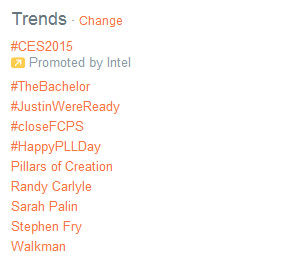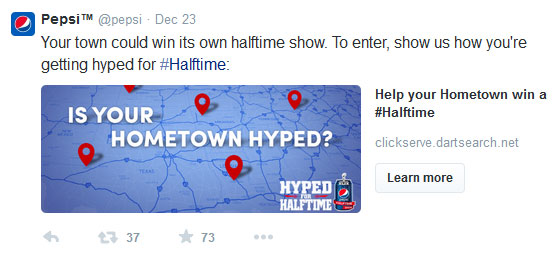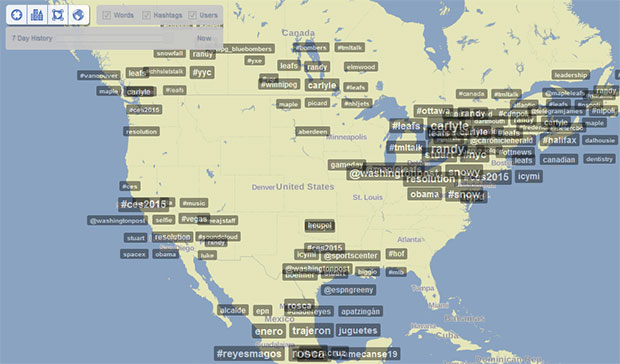The Incredible Power of the Hashtag (Tools & Tips On Using Them Effectively)
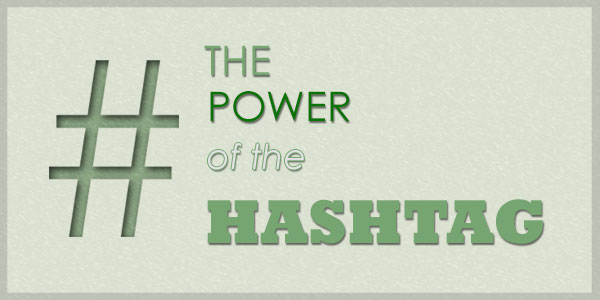
When I first started using Twitter to promote Digital Layne’s blog, I didn’t even know what it was.
Twitter seemed like a glorified chat room from the throwback days of AOL.
Remember that?
Like many others when they first start using Twitter to promote stuff, I would tweet out my latest post and hope something would stick.
I kept hearing about this thing called a hashtag, but to me, it was still a pound sign or that thing you draw to play tic-tac-toe.
I will admit, I didn’t get it.
Fast forward a few years, and my thought process has completely changed. After reading The Tao Of Twitter by Mark W. Shaefer, I have an entirely different view on my ill-conceived notion that Twitter was a “glorified chat.”
I realize the potential power of Twitter and that the hashtag is one of the biggest reasons why Twitter works. It is the only thing that keeps Twitter somewhat organized.
Hashtags spread like wildfire
Sometime in 2007, Twitter decided to adopt the hashtag idea and it became so popular that it took off as a new way of grouping topics so they could easily be found.
A Twitter user (Chris Messina) suggested that Twitter implement the hashtag as a way to group similar topics. But, hashtags really caught on during the San Diego wildfires of 2007 when users were using the hashtag #sandiegofire to report on the spread of the fire.
Today, the hashtag is the best way to bring together communities and create a following, especially on Twitter.
Although the hashtag is synonymous with Twitter, the popularity of the hashtag has spread to other social media platforms.
Facebook introduced hashtags in mid-2013 and now just about every social media network out there is using them.
A few of the big networks currently supporting hashtags
Hashtags are everywhere
Every morning I turn on the news and there is a hashtag. Every story, every reporter and every sponsor has their own hashtag.
Celebrities have really embraced the power of hashtags to turn their brand name into huge communities of followers. Check out the trending section on Twitter and you will find a lot of familiar names.
Trending topics are topics that are being discussed more than others.
Here is some homework, while you are sitting there eating your cheerios, take a moment to notice how hashtags have made their way into every nook and cranny on television and even radio. Notice how and when they are being used.
So, now you know how widely used the hashtag has become, lets delve into what they are and how to use them.
What are hashtags and how are they used?
Twitter defines a hashtag as:
The # symbol, called a hashtag, is used to mark keywords or topics in a Tweet. It was created organically by Twitter users as a way to categorize messages.
A hashtag is a keyword that represents a topic and it’s preceded by a pound sign (#). When a keyword is preceded by the hashtag, it becomes a link. The link can be followed to other related posts within the topic.
This allows you to track discussions within a certain subject and weed out everything else.
For example, I often use the hashtag #WordPress to reach others that are looking for information on WordPress. I can view only the topics that are related to WordPress and find the information I want much faster.
How can hashtags work for me?
Hashtags are great for creating brand awareness. Using hashtags can attract other users that are looking for similar content and it promotes engagement with like-minded consumers while building communities.
Many companies are use hashtags to bring together others in their industry to form what is called a “tweet-ups,” a play on “meet up.” A tweet-up is like a small chat room focused around a particular topic.
The big brands are using hashtags to promote brand awareness and the good thing is you can also use this power to promote your own brand. By throwing in a couple of relevant hashtags in their tweets, they can reach millions.
Notice they don’t use their brand name as a hashtag.
Create your own hashtag and use it in all of your marketing efforts. I have seen them used to promote events (big and small) and all sorts of campaigns. Several cities used this method to promote their New Year’s Eve bash.
Use a unique hashtag that hasn’t been used before and keep it short and sweet.
At the end of the day, using hashtags can prevent your tweets from just floating out there in cyberspace. Without using hashtags, your potential audience will be a fraction of what it could be.
So, using hashtags is a proven method of reaching a much larger audience.
What not to do
Now you know the power of the hashtag, but with power, comes responsibility.
- Do not use spaces (use capital letters to differentiate between words i.e. #SocialMedia)
- Never use punctuation marks
- Never use special characters within a hashtag
- Don’t use hashtags when you are tweeting one on one
- Don’t use long hashtags; keep them short and to the point.
- Don’t over use hashtags in your tweets, try not to use more than one or two per tweet
- Remember, the @ sign is used to show up in the users “Mentions”
Tools of the trade
The key to affectively using a hashtag is choosing the right keywords. So, I have created a short list of my favorite tools for finding trending hashtags.
Hashtagify.me
This is my go-to tool for finding relevant hashtag keywords. It is quick and simple.
Results are laid out in an easy to read table to quickly decipher what is the optimal keyword you use for you topic.
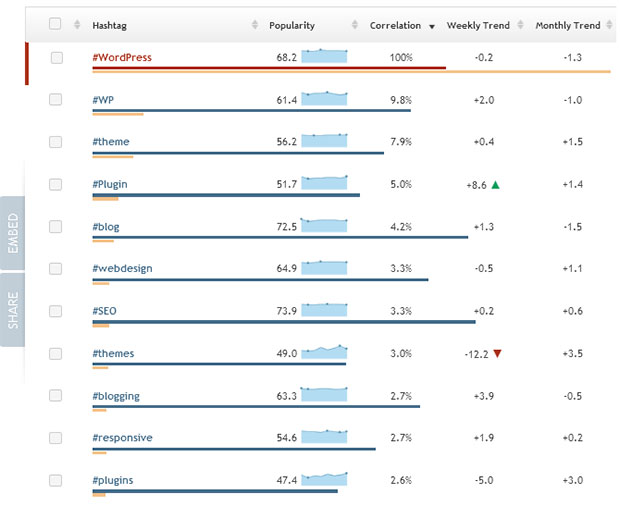 Hashtags.org
Hashtags.org
Hashtag.org is geared a little more toward analytics. The results include related terms, related tweets, and statistics on the use of that keyword.
Trendsmap
Trendsmap maps hashtags based on geographic location. This comes in handy if you are trying to promote to a local market.
Conclusion
The best way to really get down to the nitty-gritty of how hashtags can work for you is to experiment.
Try different tools and methods of finding keywords that catapult your tweet into the right direction. There is huge potential in the use of hashtags and I hope you find their power and use it wisely.
Do you have a tool or tip you use to find relevant hashtags? Let us know in the form below.

